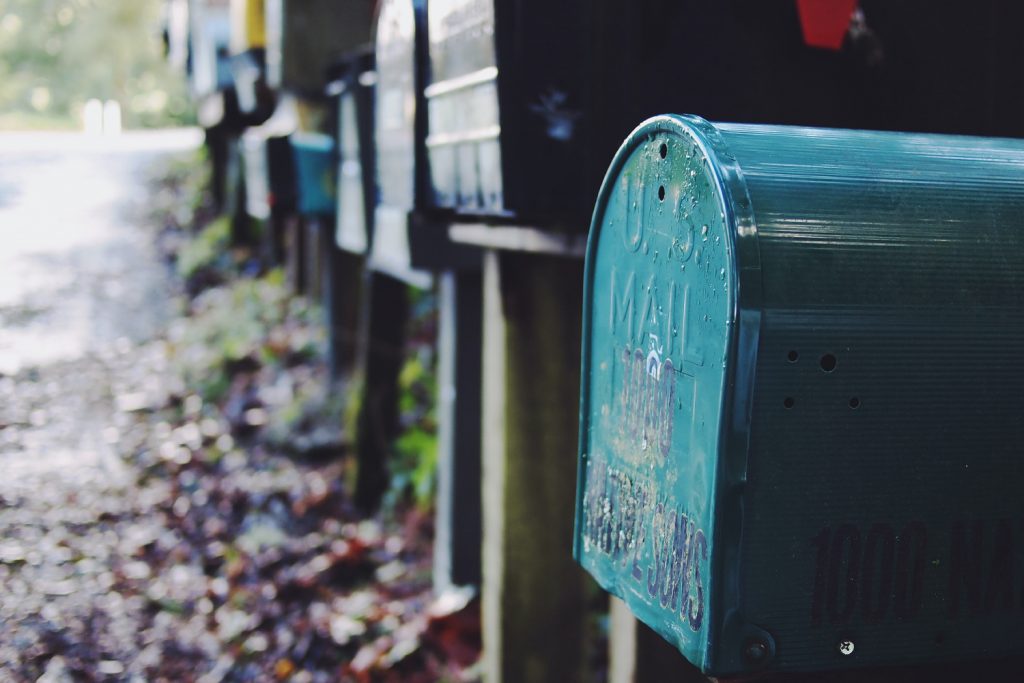Email has been around since the sixties, surviving all types of modern communication like phone calls and social media. But since the smartphone era it comes with the big caveat of wasting plenty of time by compulsively checking your inbox.
Your dopamine addiction makes you do this. We are wired to seek dopamine releases to stay motivated and survive, but our modern life is full of cheap hits that don’t require any effort.
Compulsively checking email is one of them. Your brain is basically searching for something new all the time to release that dopamine shot.
The majority of people has their inbox within reach in an app on their phone, including notifications for each incoming email. They are reading every single email briefly, breaking their concentration, to come back later and read it again and maybe answer it later.
Why would you want to receive email on your phone anyway? Why would you want to read email when you are hanging around with friends, having diner or exercising?
That email can wait. They would have used another medium than email if it was highly urgent.
I deleted the Gmail app from my phone a few years ago and tend to read my email only twice a day, replying all mails directly and adding new tasks to my public todo list.
This works fine, because I’m always responding within a 24 hours time frame, and gives me peace of mind to focus on the activities I’m doing.
An additional advantage of this is that people don’t get used to quick replies. This is some sort of expectation management. If you are replying immediately all the time, they expect you to do so all the time, and you keep emailing all the time.
This results in getting stuck in hundreds of emailing cycles and receiving more and more emails, leading to unproductivity, reactiveness and being busy.
So, what you might want to do is:
- Delete your email from your phone.
- Open your inbox twice a day, at fixed times, on your computer.
- Read all emails only once and process everything immediately.
You’ll notice that most issues will solve itself before you even replied, and that you’ll receive a lot less email eventually.
